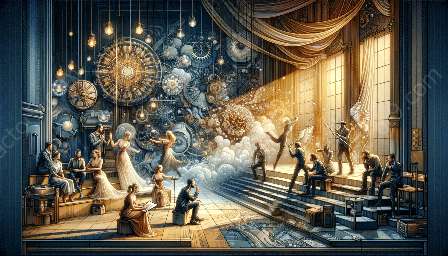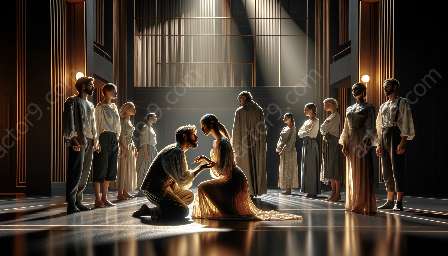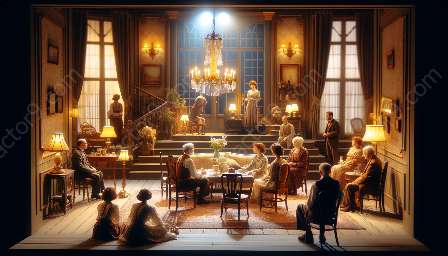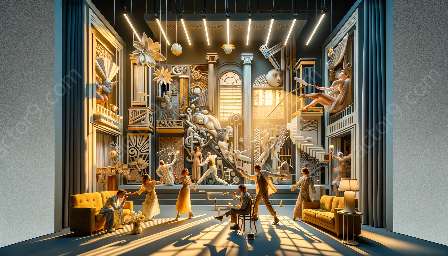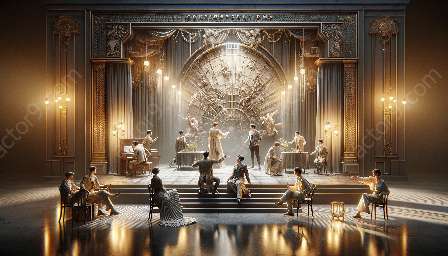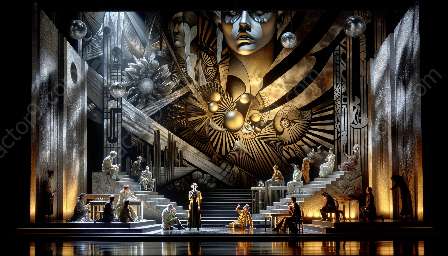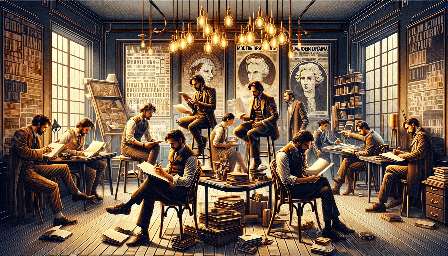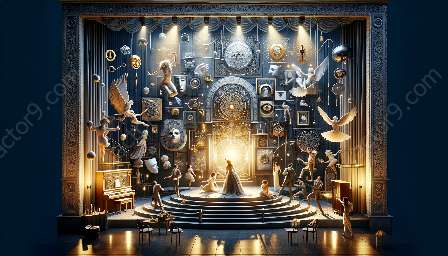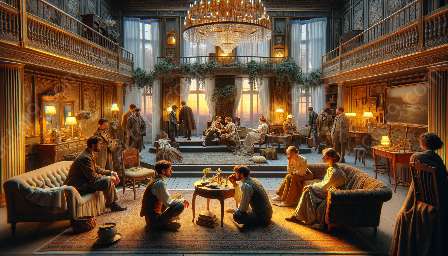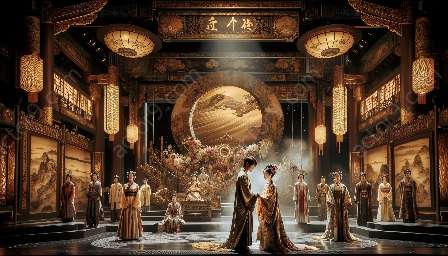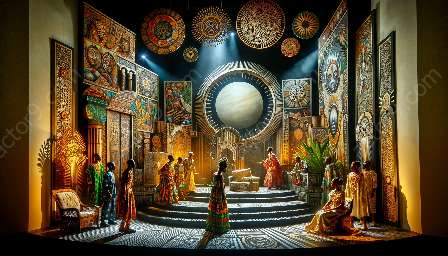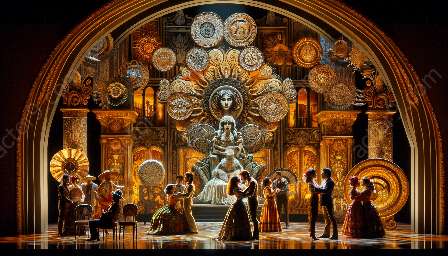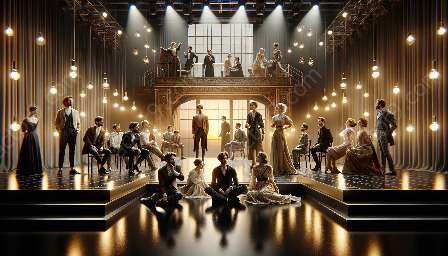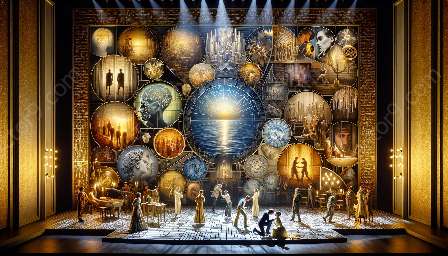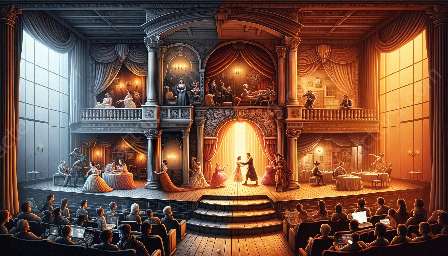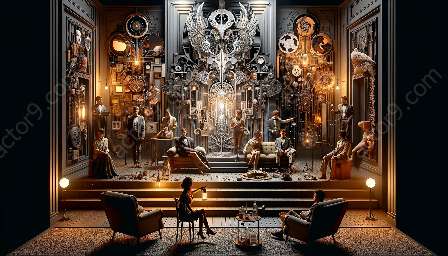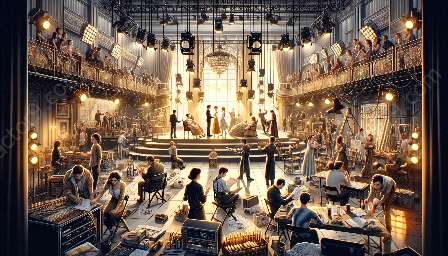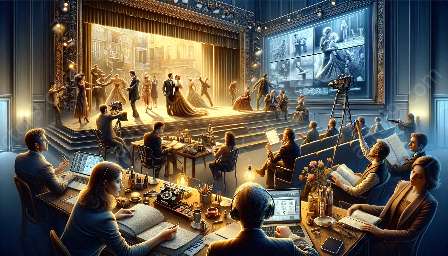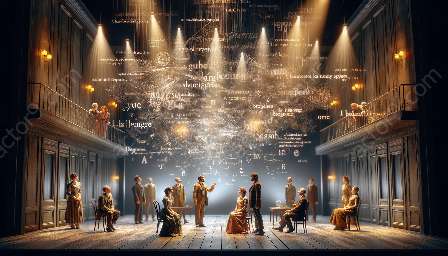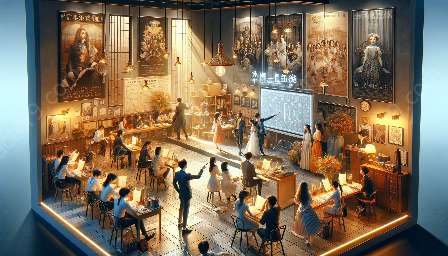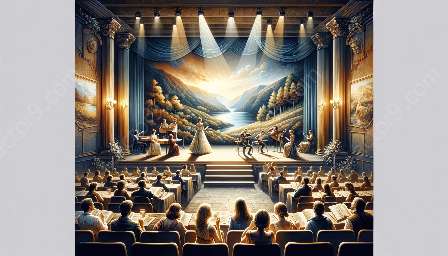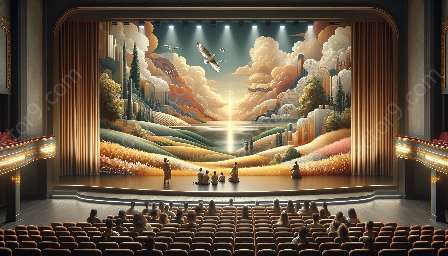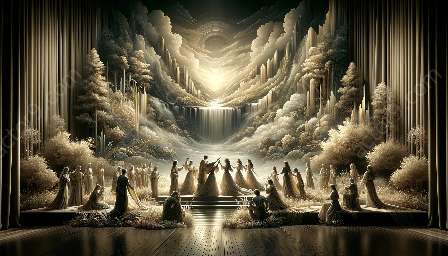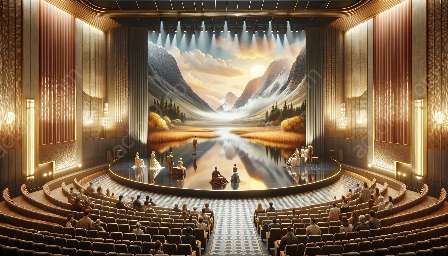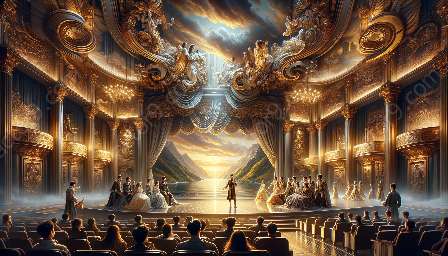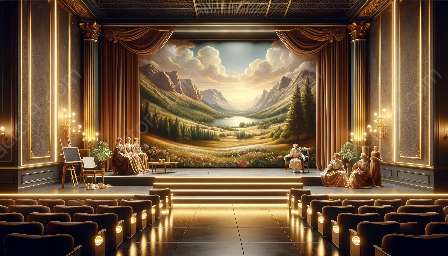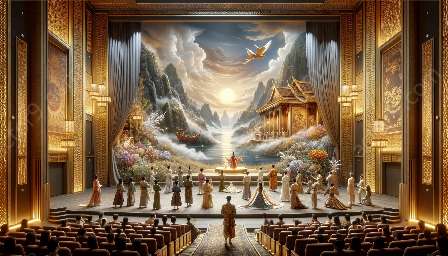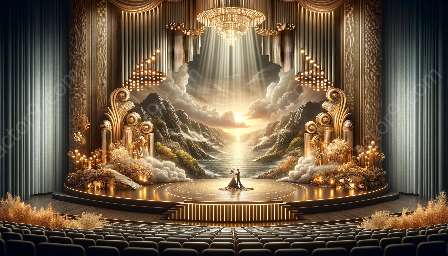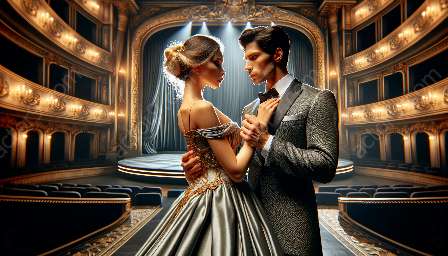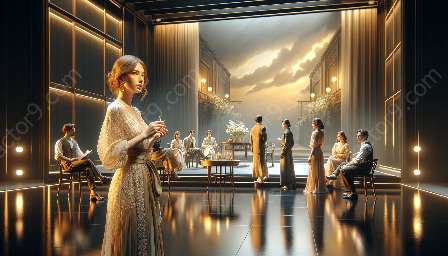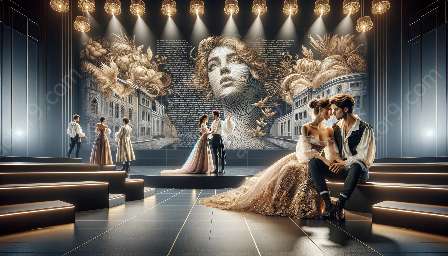Modern drama storytelling techniques involve several key elements that contribute to the distinct nature of modern drama. These elements, such as non-linear narratives, meta-theatricality, and experimentation with form and structure, are central to the portrayal of contemporary human experiences and societal issues. Understanding these techniques is essential for appreciating the depth and complexity of modern drama and its compatibility with modern drama theory.
Non-Linear Narratives
One of the key elements of modern drama storytelling techniques is the use of non-linear narratives. Unlike traditional linear storytelling, modern drama often employs fragmented and non-chronological narratives to reflect the complexities of human perception and memory. This technique allows for a deeper exploration of characters and events, creating a more immersive and thought-provoking experience for the audience.
Meta-Theatricality
Modern drama frequently utilizes meta-theatricality as a storytelling technique. This involves self-referential elements that draw attention to the theatrical artifice, blurring the boundaries between the play and the audience's reality. By breaking the fourth wall or incorporating play-within-a-play scenarios, modern drama creates a heightened sense of awareness and engagement, challenging traditional notions of theatrical performance.
Experimentation with Form and Structure
Another crucial element of modern drama storytelling techniques is the continuous experimentation with form and structure. Playwrights and directors often push the boundaries of conventional dramatic structure, incorporating innovative staging, non-linear dialogue, and unconventional narrative devices. This experimentation not only expands the artistic possibilities of storytelling but also reflects the ever-changing nature of contemporary society and human experiences.
Interdisciplinary Approaches
Modern drama embraces interdisciplinary approaches to storytelling, drawing from various art forms such as visual arts, music, and technology. This integration of different artistic mediums and practices contributes to the multi-layered and dynamic nature of modern drama, allowing for a more immersive and impactful storytelling experience.
Political and Social Commentary
Modern drama often serves as a platform for political and social commentary, utilizing storytelling techniques to critically engage with pressing issues and contemporary events. Through the incorporation of relevant narratives and themes, modern drama becomes a potent vehicle for addressing societal concerns, provoking meaningful dialogue, and fostering empathy and understanding.
Conclusion
The key elements of modern drama storytelling techniques, including non-linear narratives, meta-theatricality, experimentation with form and structure, interdisciplinary approaches, and political and social commentary, collectively contribute to the rich and diverse landscape of modern drama. Understanding and appreciating these elements is essential for grasping the profound impact and relevance of modern drama within the context of modern drama theory and contemporary storytelling.


